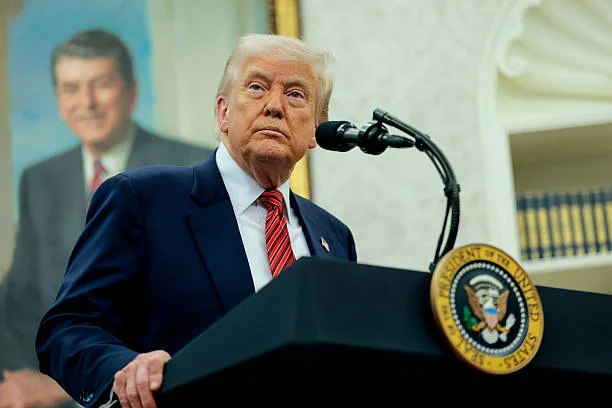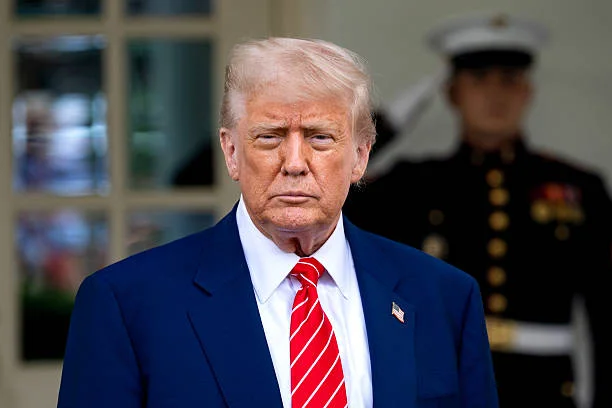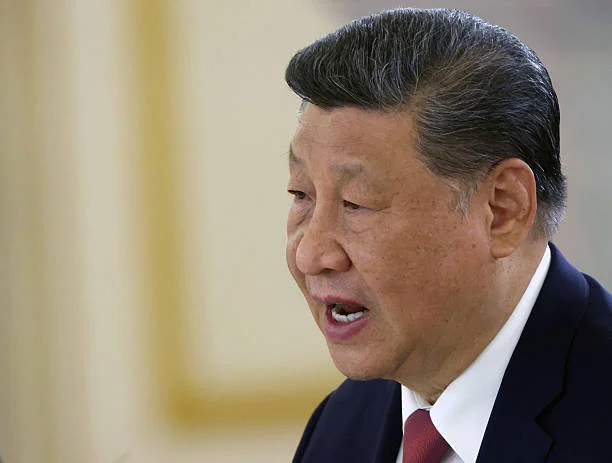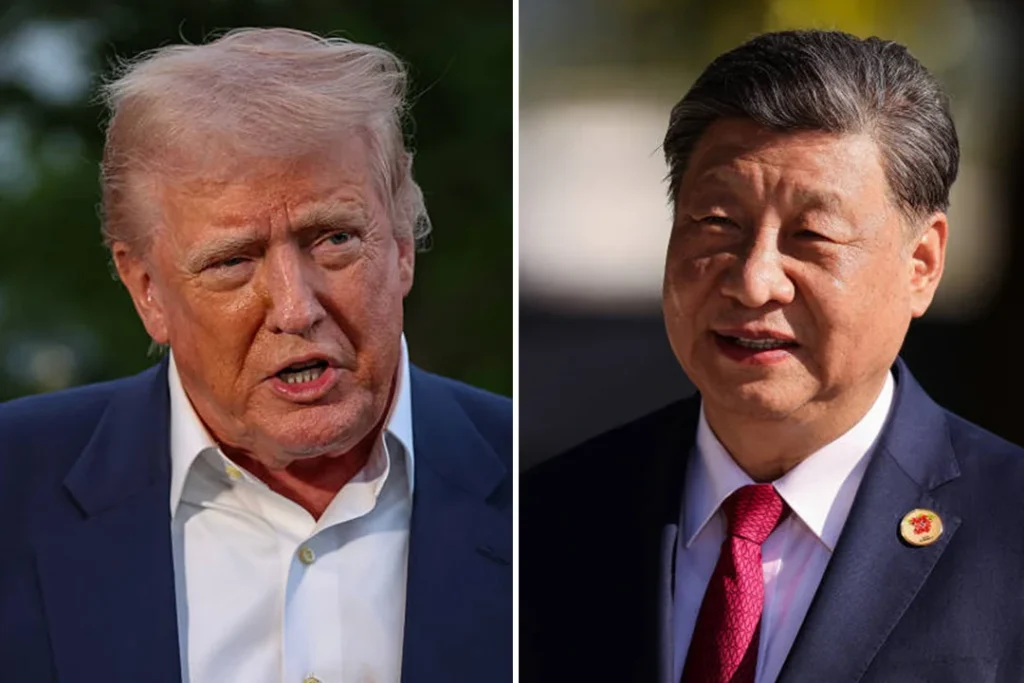Recent announcements of a noteworthy change in the continuous trade hostilities between the United States and China by US Treasury official Scott Bessent reflect After President Donald Trump declared April 2 as “Liberation Day” for the US—an event that set off tariffs on several nations—the two economic titans have been engaged in a sharp back-and-forth, sometimes compared to a game of tariff table tennis.

These tariffs have caused very severe effects for China; some items have had shockingly 145 percent mark-off. The Trump government adopted a strong posture, but China responded with its own set of counter-tariffs, skyrocketing American goods to 125 percent. The strain on both economies has been raised by this growing cycle of tariffs.

But following a month of Geneva negotiations, Bessent has found some hope: the US and China have agreed a tentative agreement suggesting a “90-day pause” on more tariffs. Bessent disclosed that both countries have agreed to drastically lower current tariffs, even as it is yet unknown if this stop marks the end of the trade war. Under the revised terms, China would keep a 125 percent tariff on some US imports while the US will levy 145 percent taxes on a few Chinese products.

Prospectively, the agreed rates are scheduled to progressively drop to 10 percent for some categories and 30 percent for others, therefore establishing the foundation for a more steady economic connection between the two countries. Many people wonder as negotiations move whether this stop marks the beginning of a long-lasting solution or just a brief stop in the continuous trade story.

